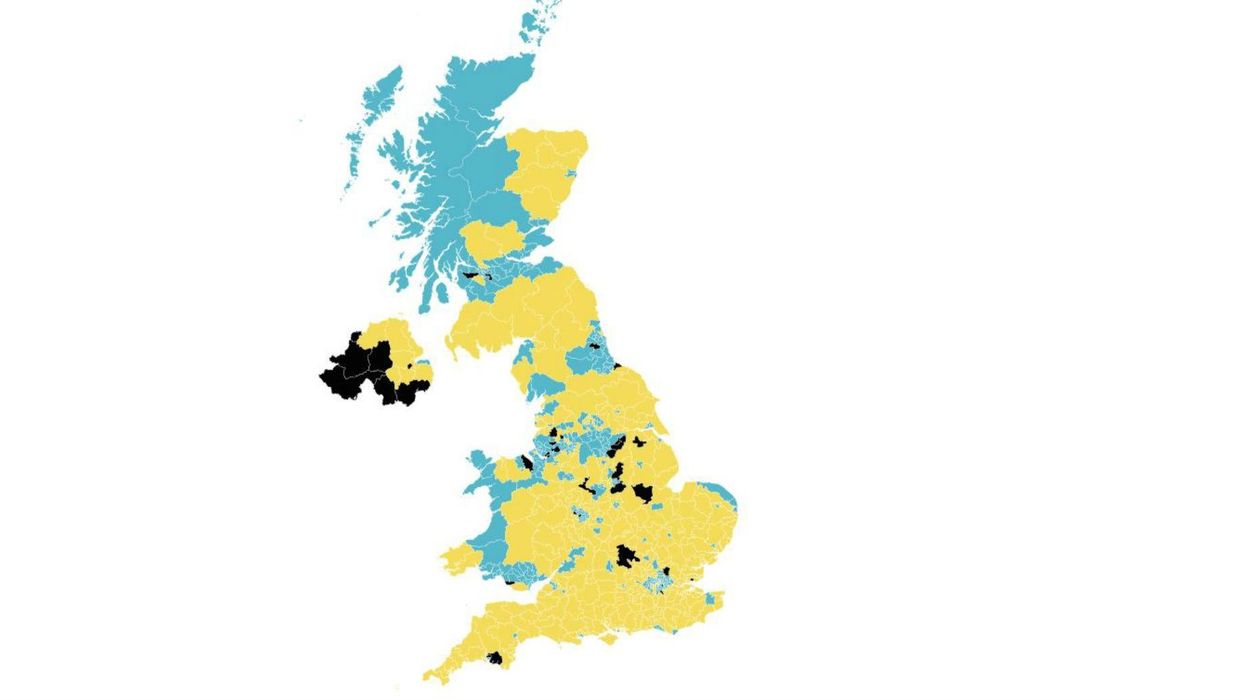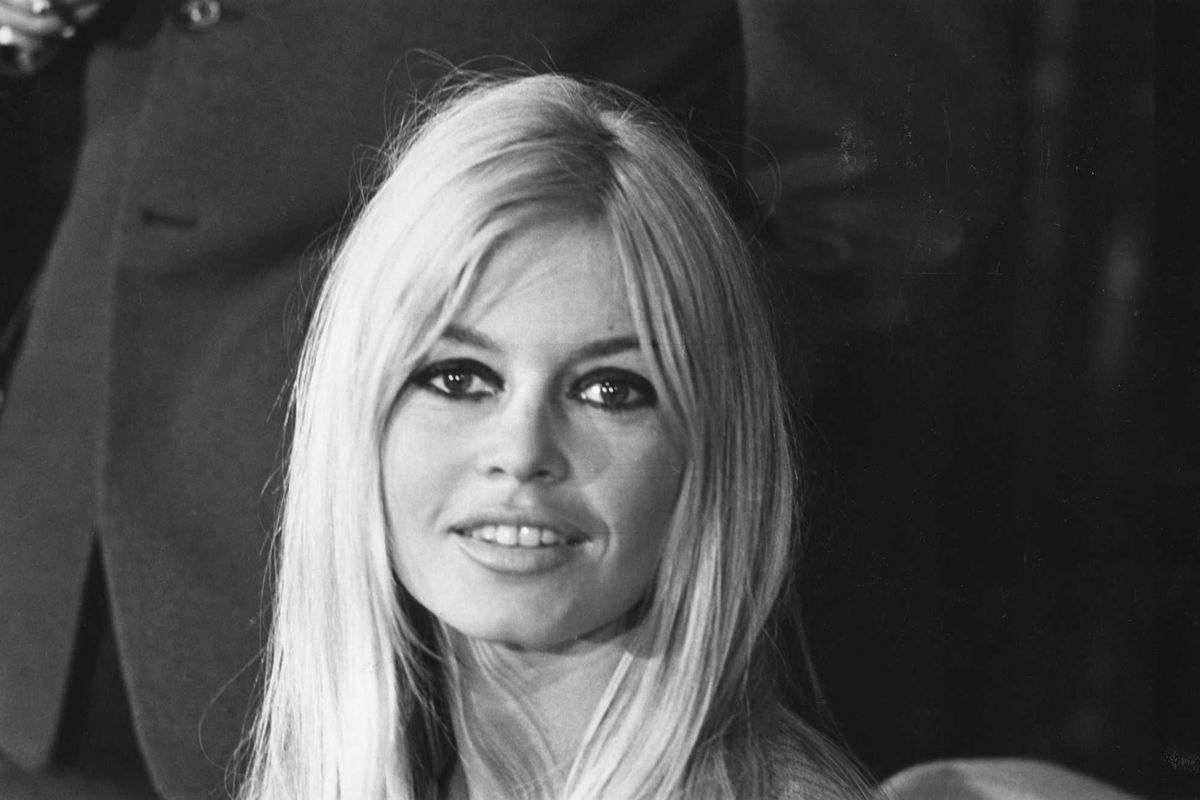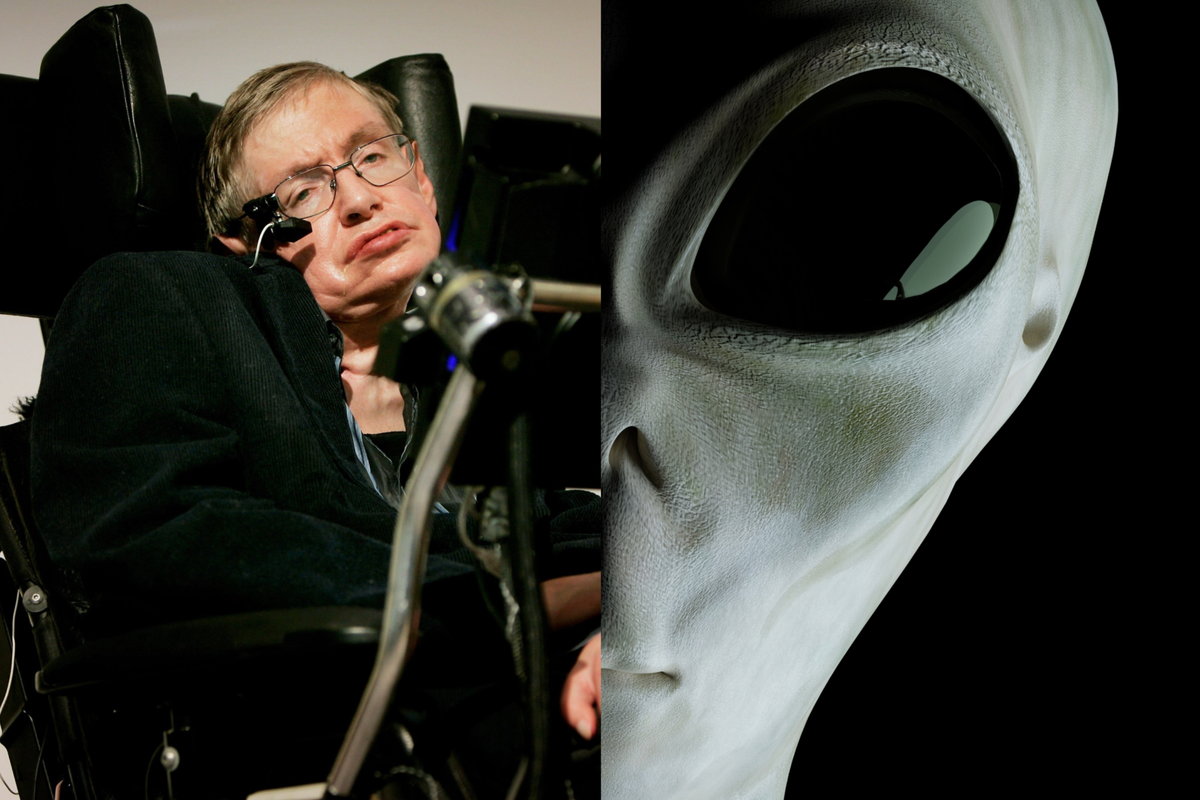
On Monday at 12.14am the House of Commons voted by 326 to 290 for the EU Withdrawal Bill.
The passage of the bill gives the Prime Minster Theresa May a slim 'Brexit majority' in the House, thanks to support from Democratic Unionist MPs and seven Labour MPs.
The vote to give the bill a second reading (and therefore move it onto the committee stage) was the first time newly elected MPs have voted on Brexit in the House.
The bill is designed to bring EU laws into UK law.
308 of Theresa May's Conservative MPs were joined in voting 'Aye' by seven Labour rebels, all the Democratic Unionist MPs, with whom May has agreed a deal on votes, and one Independent MP.
Voting against the bill were:
- 238 Labour
- 34 Scottish Nationalists
- 12 Liberal Democrats (all)
- Four Plaid Cymru (all)
- One Green (all)
- One Independent
Some opponents of the bill claimed that it gave the government and individual ministers too much power to make arbitrary changes to UK law while trying to add in and customise EU law.
For instance, regulations which were previously enforced by an EU organisation would need a new British organisation once the UK leaves the EU in 2019. The bill gave ministers the power to make those decisions without oversight from parliament.
The seven Labour MPs who defied the party leadership's instruction and voted with the Tories on the EU Withdrawal Bill at this stage were: Alan Campbell, Frank Field, Kate Hoey, Kelvin Hopkins, John Mann, Dennis Skinner, Graham Stringer.
See how your MP voted in the early hours of Monday morning using this interactive map made by indy100
No votes were recorded by Hansard for 28 MPs* including:
- 16 Labour
- Eight Conservatives
- One Scottish Nationalist
(*The speaker John Bercow did not vote and does not traditionally vote unless to break a tie, and similarly Rosie Winterton and Lindsay Hoyle as deputy speakers maintain political impartiality. The seven Sinn Féinn MPs elected in 2017 follow tradition by intentionally absenting themselves from all votes in Westminster because they do not recognise its legitimacy in Northern Ireland.)
What's next?
The bill now goes to the 'committee stage' where MPs will go through the bill line by line, and propose amendments.
Once these amendments have been made or rejected, the bill will be voted out of committee, and the House will vote on giving the bill a third reading - meaning they vote whether or not they are happy with the changes in committee and send it to the House of Lords to be debated.
The EU Withdrawal Bill is just one of many pieces of 'Brexit legislation' that Theresa May is attempting to pass through parliament before March 2019 when the UK leaves the European Union.
Once the second reading vote was passed, a 'blizzard of amendments' were tabled by MPs wanting to keep Britain in the Single Market, in the Customs Union, and to curb the 'undemocratic powers' handed to the government.
As such, more tight votes for Theresa May should be anticipated.
Figures for this article were taken from Hansard.
Correction: This article previously listed Ivan Lewis, Naz Shah and Jonathan Reynolds as voting 'Aye' in defiance of the Labour whip. This has been corrected to reflect their vote against in the division. 18.09.17
More: A map of all the places you can't vote for a woman on election day












